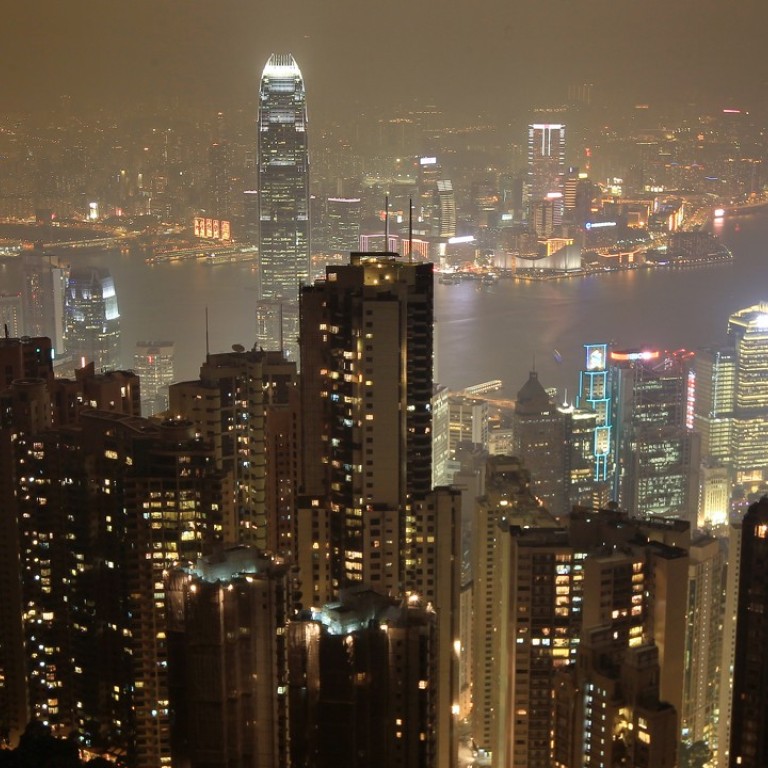
Rise after fall in Hong Kong electricity use linked to subsidies
Higher consumption at private housing estates and clubhouses could also have been a factor for 2014 figures
Subsidies may have reversed a trend of falling energy use among households three years ago, according to a study, whose experts also warned of increasing use in the commercial sector.
Energy intensity, or consumption per household, of residential users was 4 per cent higher in 2014 than in 2000, adjusted for an increase in the population, weather and economic growth.
Consumption per floor area by commercial users was 17 per cent higher.
The “energy efficiency index” devised by the World Green Organisation, the school of management services at City University and the Synergy Group models trends in energy use and behavioural changes in consumption to “diagnose the symptoms of energy wastage”.
This was the second year for the study to be conducted, based on the latest available statistics from the Electrical and Mechanical Services Department.
“Despite increasing awareness of energy conservation and increasing popularity of energy efficient appliances in recent years ... the sudden reversal in 2014 suggests a worsening of public attitudes in energy use,” City University associate professor Dr William Chung Siu-wai said.
He believed a significant factor may have been the HK$150 a month government subsidies for bills between 2013 and 2014, which could have inadvertently induced more electricity use.
Generally higher consumption at private housing estates and clubhouses, many of which now operate around the clock, could also have been a factor, he said.
In 2013, the households index stood at 97 per cent, indicating 3 per cent less energy consumed compared to the baseline year of 2000. In 2014, the index was at 104 per cent or four percentage points above the baseline.
The commercial sector saw an even greater increase, scoring 110 on the index in 2013 or 10 per cent higher. In 2014, it increased by seven percentage points to 117.
In terms of total residential energy use, not adjusted for population, GDP and the weather, consumption from 2000 to 2014 increased 28 per cent, fuelled mostly by those living in subsidised sale and private flats.
Total commercial sector use, including offices, restaurants and stores increased 29 per cent with the largest rise driven by “other” unnamed categories, such as universities or hospitals.
Organisation chief executive Dr William Yu Yuen-ping said the spike in commercial electricity use could be related to the growth in data centres, big power users.
“The department should collate more data on these ‘other’ sectors. If not, we won’t be able to find the right remedy,” he said.

